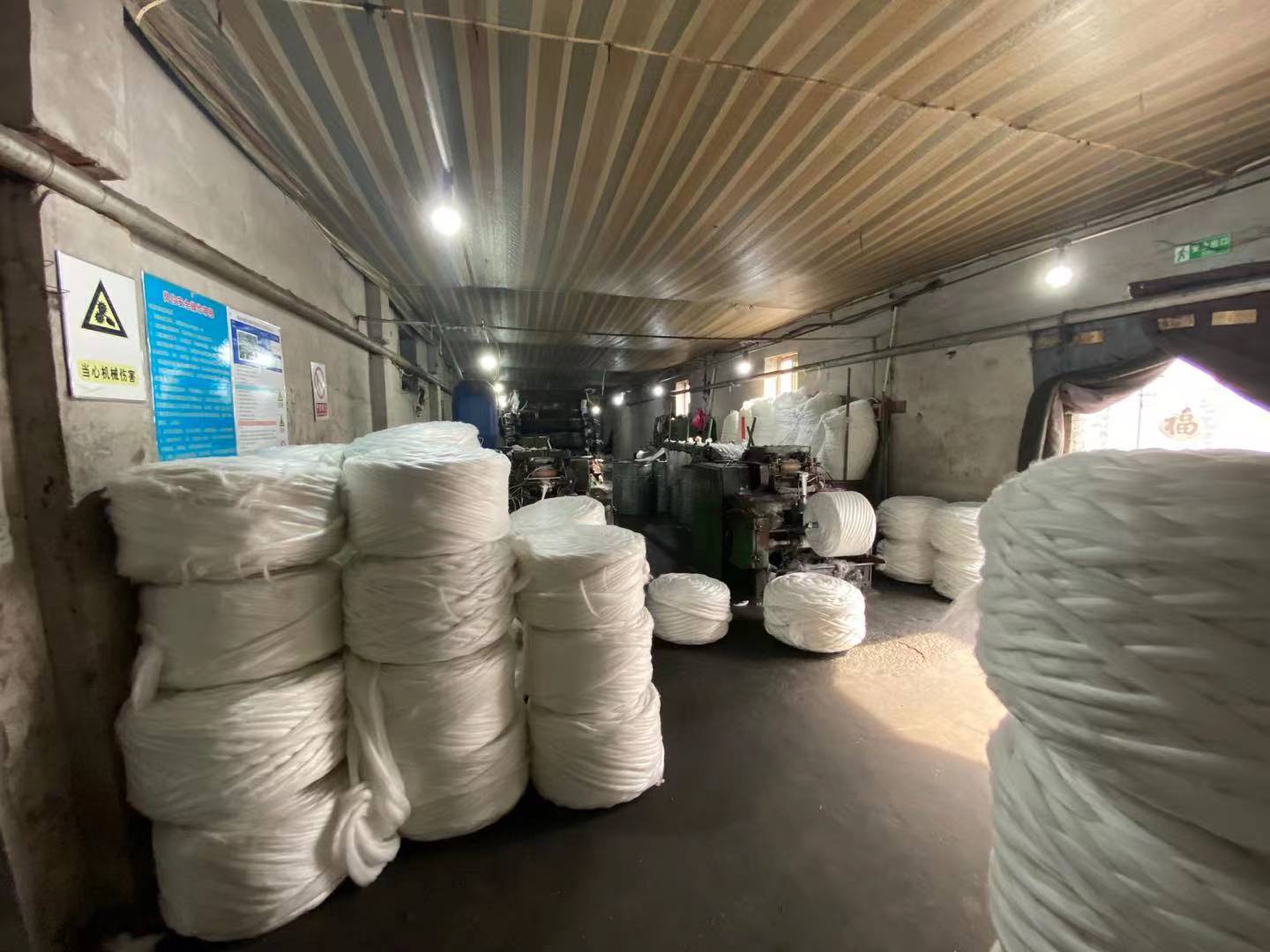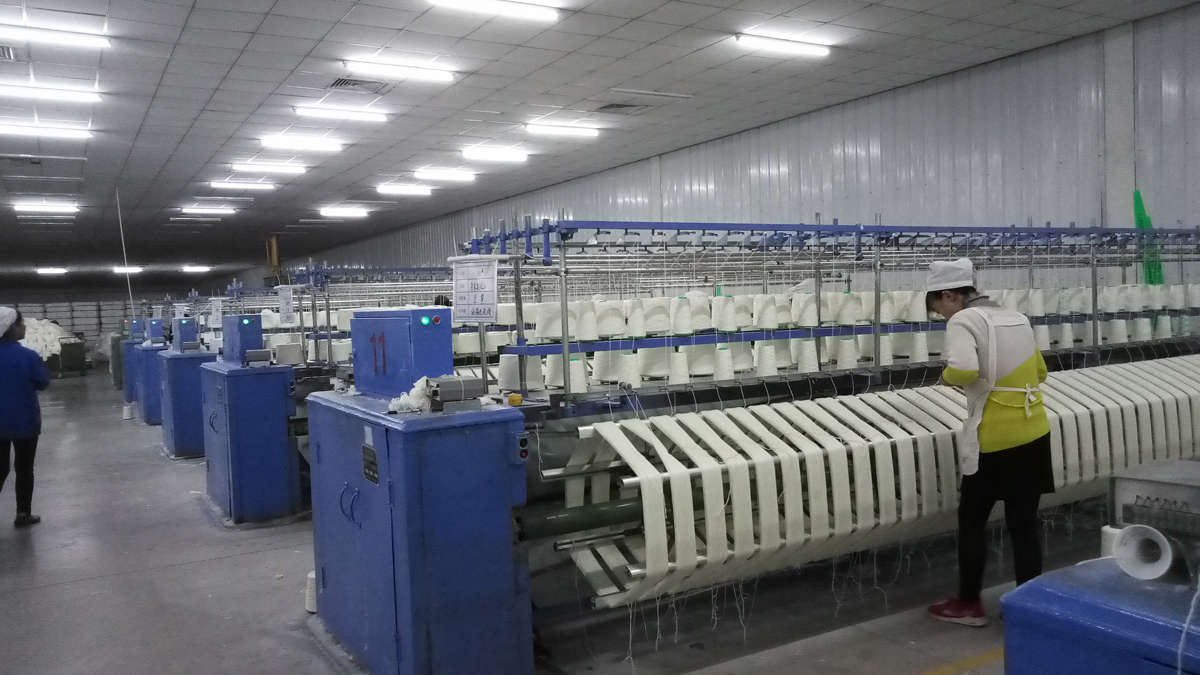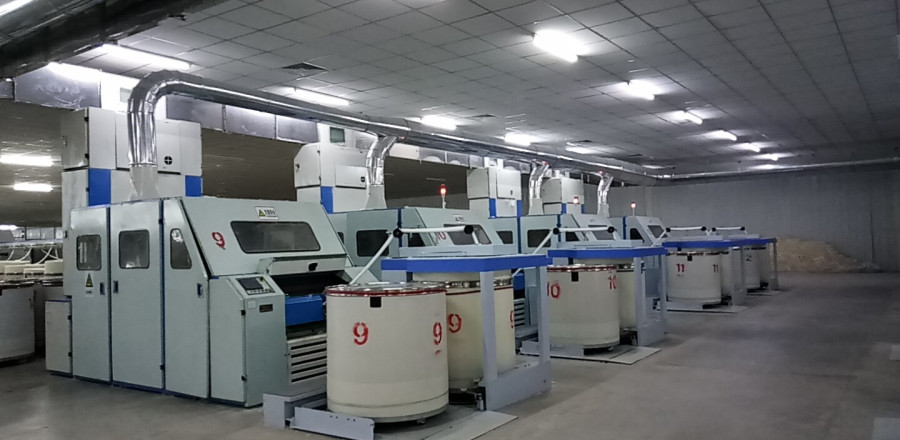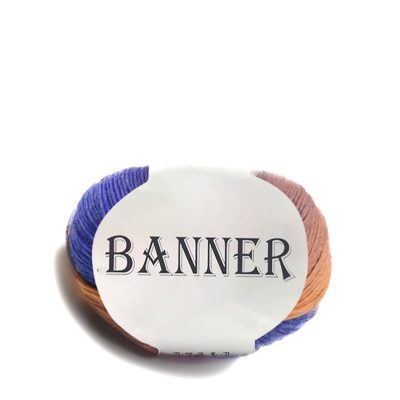
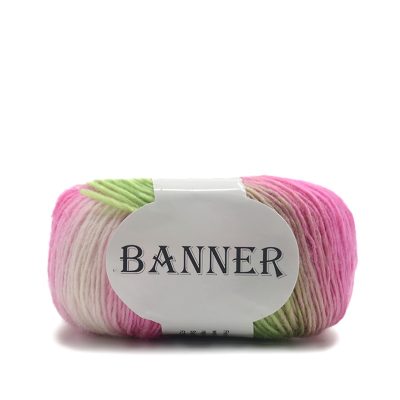
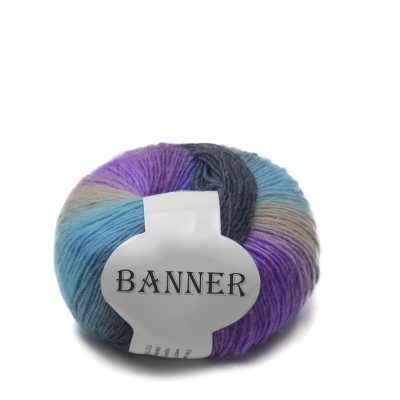
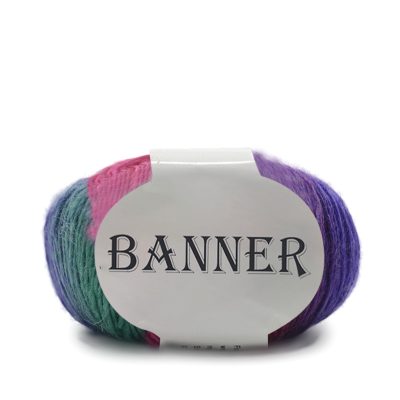
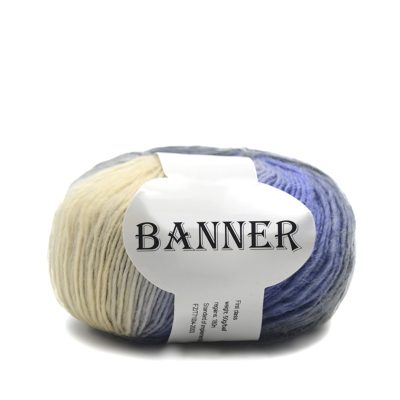
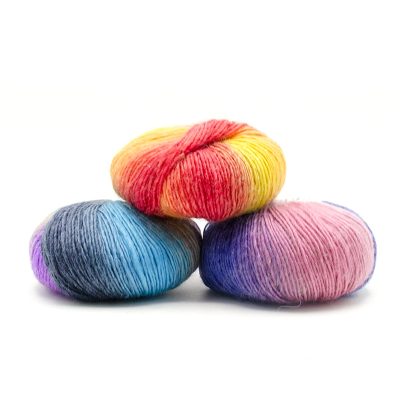
| Product name | Wool Yarn |
| Certificate | OEKO-TEX Standard |
| arn count in stock | 2/30Nm、3/48Nm |
| Application | Crochet DIY |
| Strands | single Strands |
| Weight | 100g ,150g or Customized |
| Packing | Plastic Bag+Box |
| Quality | AAgrade |
| Delivery | 5-7days |
| MOQ | 2kg/Color |
| Usage | DIY Hand Make |
Wool is mainly composed of protein. The use of wool by humans can be traced back to the Neolithic Age, spread from Central Asia to the Mediterranean and other parts of the world, and then became the main textile material in Asia and Europe. Wool fiber is soft and elastic, and can be used to make woolen cloth, woolen yarn, blankets, felts and other textiles. Wool products have the characteristics of full hand feeling, good warmth retention and comfortable wearing. Sheep wool accounts for a large proportion of textile raw materials. Australia, the former Soviet Union, New Zealand, Argentina, and China have the largest sheep wool production in the world. According to fineness and length, sheep wool is divided into five categories: fine wool, semi-fine wool, long wool, hybrid wool, and coarse wool. Chinese sheep wool varieties include Mongolian wool, Tibetan wool and Kazakh wool. The main factors for evaluating wool quality are fineness, curl, color, strength, and weed content.
Wool is an important raw material for the textile industry. It has the advantages of good elasticity, strong moisture absorption, and good warmth retention.
However, due to the high price, it is not used much for the production of non-woven fabrics. Non-woven fabrics produced from good wool are limited to some high-grade industrial fabrics such as needle-punched blankets and high-grade needle-punched felts.
